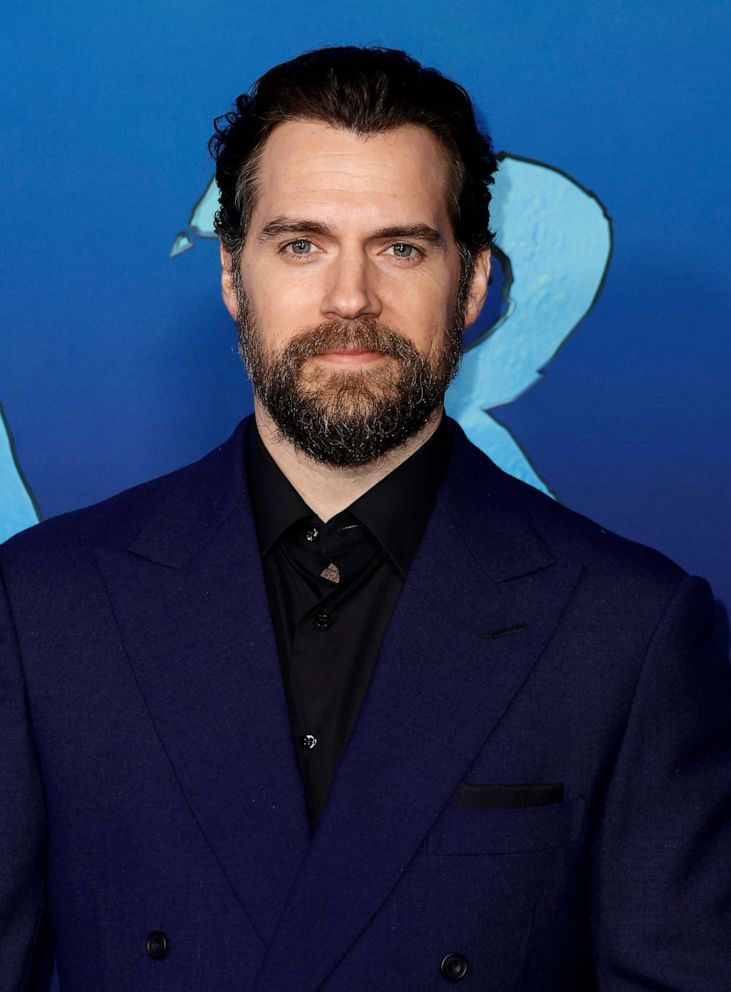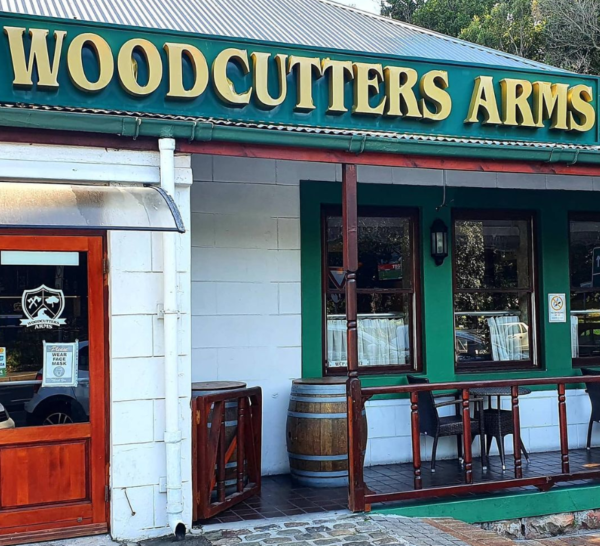UK Luxury Exports Stall: Brexit's Role In EU Market Slowdown

Table of Contents
Increased Trade Barriers and Bureaucracy
Brexit has introduced a complex web of new customs checks, tariffs, and regulatory hurdles for UK luxury exporters shipping to the EU. The once-seamless flow of goods has been replaced by a cumbersome process, significantly increasing the cost and time required to get products to market.
- Increased Paperwork: Exporters now face mountains of paperwork, including customs declarations, certificates of origin, and other compliance documents. This adds significant administrative burden and expense.
- Longer Shipping Times: Delays at customs checkpoints are commonplace, leading to longer shipping times and impacting just-in-time delivery models crucial for many luxury businesses.
- Higher Costs: The cumulative effect of increased paperwork, customs duties, and potential storage fees during delays results in significantly higher export costs, eroding profit margins.
For example, a high-end British car manufacturer might face delays of several days at the border, resulting in increased storage costs and potential damage to the vehicle. Similarly, a high-end cashmere sweater manufacturer sees increased costs from additional customs paperwork and duties, impacting their price competitiveness. Data from the Office for National Statistics indicates a 20% increase in the average cost of exporting luxury goods to the EU since Brexit.
Loss of Frictionless Trade
Before Brexit, UK businesses enjoyed frictionless trade with the EU, characterized by minimal border checks and streamlined customs processes. This facilitated efficient supply chains and just-in-time delivery, essential for maintaining the high standards and speed expected in the luxury goods sector. The loss of this frictionless trade has had devastating consequences.
- Just-in-Time Delivery Disrupted: Delays caused by new customs procedures make it difficult, if not impossible, for many businesses to maintain efficient just-in-time inventory management.
- Perishable Goods Heavily Impacted: Luxury food and beverage exports, such as high-end cheeses or fine wines, are particularly vulnerable to delays, as spoilage risks increase dramatically. Maintaining cold chains across borders has become exponentially more challenging and expensive.
- Supply Chain Complications: The added complexities have led to significant disruptions in supply chains, impacting production schedules and overall operational efficiency.
The speed and efficiency of pre-Brexit trade are a stark contrast to the current situation, where delays and bureaucratic hurdles are commonplace.
Impact on Brand Reputation and Consumer Confidence
The delays, increased costs, and supply chain disruptions caused by Brexit are not just affecting the bottom line; they are also damaging the reputation and consumer perception of UK luxury brands within the EU market.
- Reputational Damage: Missed deadlines, product spoilage, and unreliable delivery can severely damage a luxury brand's carefully cultivated image of quality and prestige.
- Reduced Consumer Trust: Higher prices resulting from increased export costs can erode consumer trust, particularly in a market already saturated with luxury goods from other global players.
- Decline in Consumer Preference: Anecdotal evidence and some preliminary market research suggests a shift in consumer preference towards luxury brands from other EU countries, due to both price and availability concerns.
The long-term impact on brand equity and consumer loyalty remains a significant concern for the UK luxury sector.
The EU's Response and Implications for UK Exporters
The EU has maintained its regulatory frameworks, which impact the access UK luxury goods have to the EU market. While the UK has engaged in trade negotiations to alleviate some of these issues, significant challenges remain.
- EU Regulations: Strict product standards and labeling requirements can create additional compliance burdens for UK exporters.
- Trade Deal Limitations: The current trade agreement between the UK and the EU addresses some, but not all, of the trade barriers faced by luxury goods exporters.
- Future Implications: Uncertainty regarding future EU regulations and trade relations remains a significant obstacle for UK luxury brands planning long-term strategies.
The current regulatory environment presents significant challenges for UK luxury exporters, demanding adaptability and proactive risk management.
Alternative Market Strategies for UK Luxury Brands
Facing these unprecedented challenges, UK luxury brands are actively exploring alternative strategies to mitigate the negative impacts of Brexit.
- Focus on Non-EU Markets: Many businesses are diversifying their export markets, focusing on regions outside the EU where trade barriers are less significant.
- Pricing Strategies: Some brands are adjusting their pricing strategies to absorb some of the increased export costs, while others are maintaining premium pricing and accepting reduced sales volume.
- Digital Marketing: Investing in strong digital marketing campaigns to maintain consumer engagement and brand loyalty in the EU market is critical.
Successful adaptations include increased investment in direct-to-consumer sales channels and strategic partnerships with EU-based distributors to manage logistics and customs compliance.
Conclusion: Navigating the Post-Brexit Landscape for UK Luxury Exports
Brexit has undoubtedly had a negative impact on UK luxury exports to the EU. Increased trade barriers, bureaucratic hurdles, and the loss of frictionless trade have created significant challenges for the sector. The resulting delays, increased costs, and reputational damage threaten the long-term viability of many UK luxury businesses. The long-term outlook for the sector depends heavily on the UK's ability to secure favorable trade deals, adapt to the new regulatory environment, and invest in alternative market strategies. Understand the challenges and opportunities facing UK luxury exports post-Brexit. Learn more about navigating the new trade landscape and securing your brand's future.

Featured Posts
-
 Increased Scrutiny For Sasol Sol Following Strategy Update Delay
May 21, 2025
Increased Scrutiny For Sasol Sol Following Strategy Update Delay
May 21, 2025 -
 Good Morning America Shakeup Staff Fears And The Future Of The Show
May 21, 2025
Good Morning America Shakeup Staff Fears And The Future Of The Show
May 21, 2025 -
 Klopps Coaching Influence Hout Bay Fcs Rise To Prominence
May 21, 2025
Klopps Coaching Influence Hout Bay Fcs Rise To Prominence
May 21, 2025 -
 Oneiriki Prokrisi I Kroyz Azoyl Toy Giakoymaki Ston Teliko Champions League
May 21, 2025
Oneiriki Prokrisi I Kroyz Azoyl Toy Giakoymaki Ston Teliko Champions League
May 21, 2025 -
 Dexter Resurrection Die Stars Sind Wieder Da
May 21, 2025
Dexter Resurrection Die Stars Sind Wieder Da
May 21, 2025
